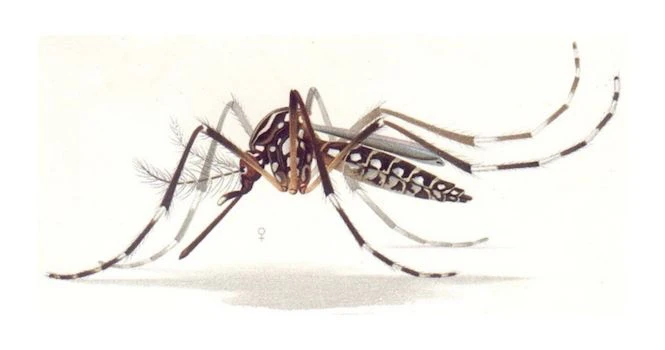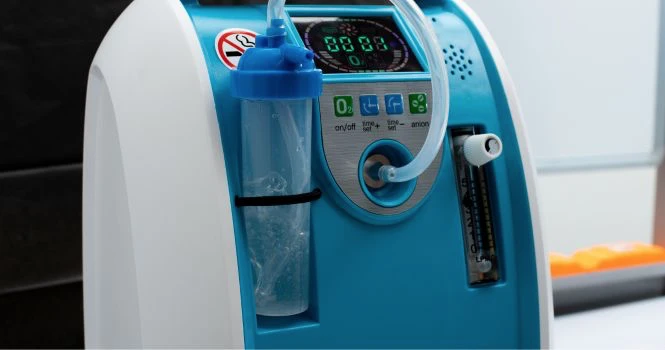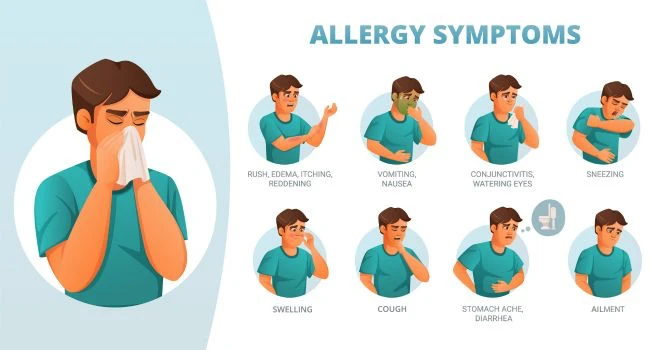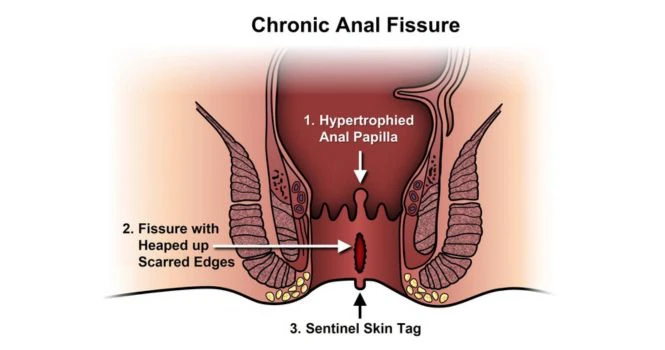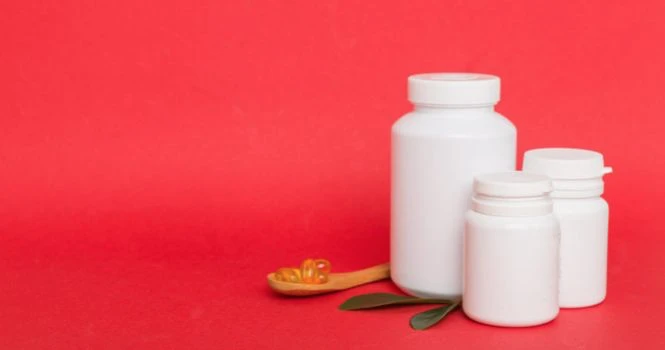Small Lump On Anus About The Size Of A Pea
A small lump on the anus, about the size of a pea, could be indicative of several different conditions.
While it is important not to self-diagnose, understanding the potential causes can be helpful in determining the appropriate course of action. It is important to consult your surgeon or Proctologist.
Possible causes for Small Lump on Anus
- Hemorrhoids or Piles
- Anal Skin Tags
- Perianal Abscess
- Anal Warts
- Rectal Prolapse
- Cysts and Fistulas
- Cancerous Growth
Hemorrhoids
One of the most common causes of a small lump near the anus is hemorrhoids, also known as piles. Hemorrhoids are swollen blood vessels in the lower rectum and anus, and they can be either internal or external. External hemorrhoids are those that develop under the skin around the anus and may cause pain, itching, and discomfort.
They can sometimes become thrombosed, meaning a blood clot has formed inside the hemorrhoid, which can make the lump feel particularly hard and painful. Treatment options for hemorrhoids range from over-the-counter remedies, such as creams and ointments, to surgical procedures for more severe cases.
Read more about, Can I Pop Hemorrhoids?
Anal Skin Tags
Anal skin tags are small, benign skin growths that can form around the anus. They may be the result of a previous hemorrhoid or other irritation in the area. While anal skin tags generally do not cause pain or discomfort, they can be bothersome, particularly during hygiene routines. If the skin tag causes significant discomfort or affects daily life, a healthcare professional may recommend surgical removal.
Note: Insulin Resistance is one of the factors that contribute to the formation of Skin Tag on the nape of the neck.
Perianal Abscess
A perianal abscess is a collection of pus that forms near the anus due to an infection. This condition can cause a painful, swollen lump that may be accompanied by redness, warmth, and tenderness.
In some cases, individuals may also experience fever or chills. Treatment for a perianal abscess typically involves draining the pus and administering antibiotics to combat the infection.
Anal Warts
Anal warts, also known as condylomas, are caused by the human papillomavirus (HPV). These small, flesh-colored bumps can appear around the anus and may sometimes cause itching or discomfort.
Treatment for anal warts typically involves topical medications, cryotherapy (freezing the warts), or surgical removal, depending on the severity of the condition.
Rectal Prolapse
Rectal prolapse occurs when the rectum, which is the lower part of the large intestine, slips out of place and protrudes through the anus. In the early stages, the prolapsed tissue may appear as a small lump near the anus.
As the condition progresses, the lump can become larger and more uncomfortable. Treatment for rectal prolapse may involve dietary and lifestyle changes, pelvic floor exercises, or surgery, depending on the severity.
Cysts and Fistulas
Pilonidal cysts are small sacs filled with hair and skin debris that can form near the top of the buttocks, close to the anus. These cysts can become infected and cause pain, redness, and swelling.
An anal fistula, on the other hand, is an abnormal tunnel connecting the anal canal to the skin near the anus, typically resulting from a previous abscess.
Both cysts and fistulas may require surgical intervention for proper treatment.
Cancerous Growths
Although rare, a small lump near the anus could be a sign of anal cancer or another type of cancerous growth. It is essential to consult a healthcare professional if you suspect a cancerous growth, as early detection and treatment are crucial for a better prognosis.
It is important for your surgeon to diagnose and advise the course of treatment according to your condition. Don’t try to self medicate or diagnose.




